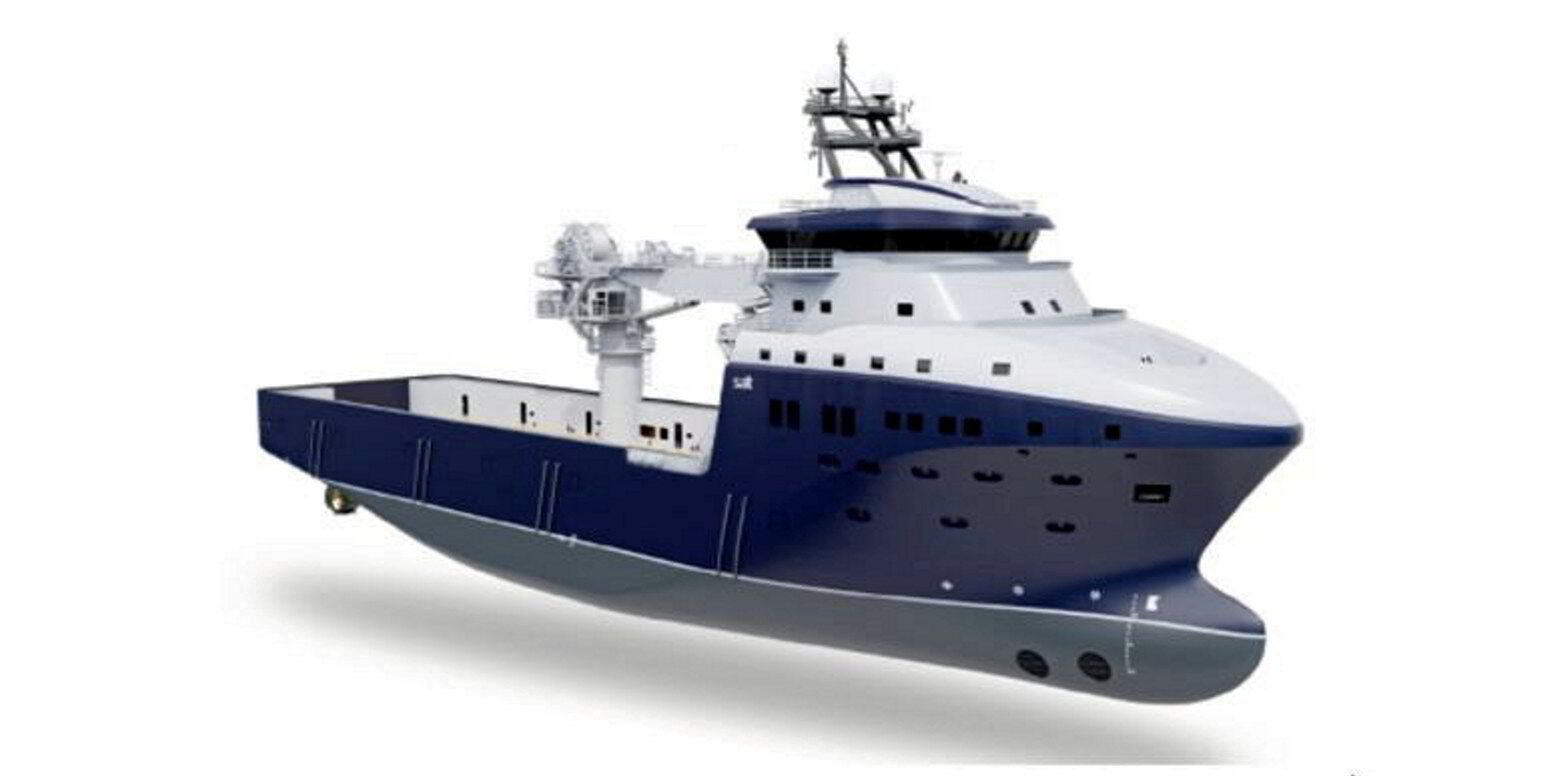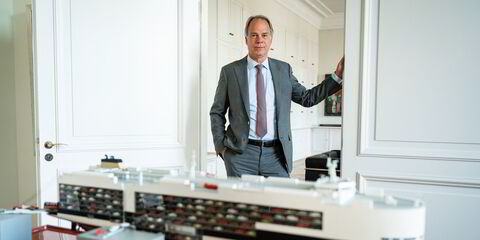Copenhagen-listed Svitzer says it has ordered the world’s first tug powered by battery and methanol to ensure 100% emissions-free operation.
The Danish group has signed a contract with Turkey’s Uzmar Shipbuilding to build the vessel.
The 6-MWh battery pack will be supported by dual-fuel methanol and diesel engines for backup and range extension.
The ship is expected to conduct more than 90% of its operations using its battery-electric powertrain and will account for up to 25% of Svitzer’s work in the port of Gothenburg, Sweden.
Designed in collaboration with naval architect Robert Allan, the 806-gt ship will deliver an “impressive” bollard pull of over 85 tonnes, with a speed of up to 14 knots.
Svitzer was spun off from parent AP Moller-Maersk earlier this year.
Chief executive Kasper Nilaus told TradeWinds: “We’ve had batteries for a while. Of course, in that period, technology has developed immensely.”
“Back then, the battery packs we put in could only sustain operations for some minutes, and today you can do full jobs purely on batteries,” he said.
The CEO explained the group has now added a methanol engine for the extra power the ship might need.
More options
“As a supplement, we can use methanol, hopefully also green, and if that is not enough, then we still have the diesel or other bio-fuel options in the last stage, so basically we do a 100% decarbonised operation,” he said.
“We’re looking forward to seeing how that works,” the CEO added.
The new vessel will be up and running by 2026.
“It’s one ship to start,” Nilaus said.
There are no options included in the order for the unit, “because it is so special that we might not build another one — it’s so tailor-made”, he added.
“The idea is of course that we’ll get experience with battery and methanol, so we can also in the future build more tugs that can be totally decarbonised,” he told TradeWinds.
No cost has been given for the newbuilding, but Nilaus said the new ship is “significantly more expensive” compared to conventional tugs, due to the cutting-edge technology involved.
And batteries are more expensive now, he added.
“It’s a very large vessel. It’s almost 36 metres because it needs to be able to produce significant line forces,” Nilaus explained.
Gothenburg forging ahead
Svitzer said the port is making significant investments to provide the necessary shore power charging options, and methanol is already being bunkered at the port.
“As such, Gothenburg has all the ingredients for safe and stable operation of the tug for many years to come,” the company added.
“Gothenburg is one of the ports that are really pushing the green agenda, so they want to see green operations in the port, and of course we are a major part of the emissions, so it’s an important part of that,” Nilaus told TradeWinds.
“I think the big question mark is, where is the green methanol going to come from, and how long will it take to ramp up production of green methanol to satisfy the demand, but also to create the demand, because of course it goes hand in hand,” he said.
Nilaus believes green electricity is more accessible than methanol now, and it is easier to handle.(Copyright)






